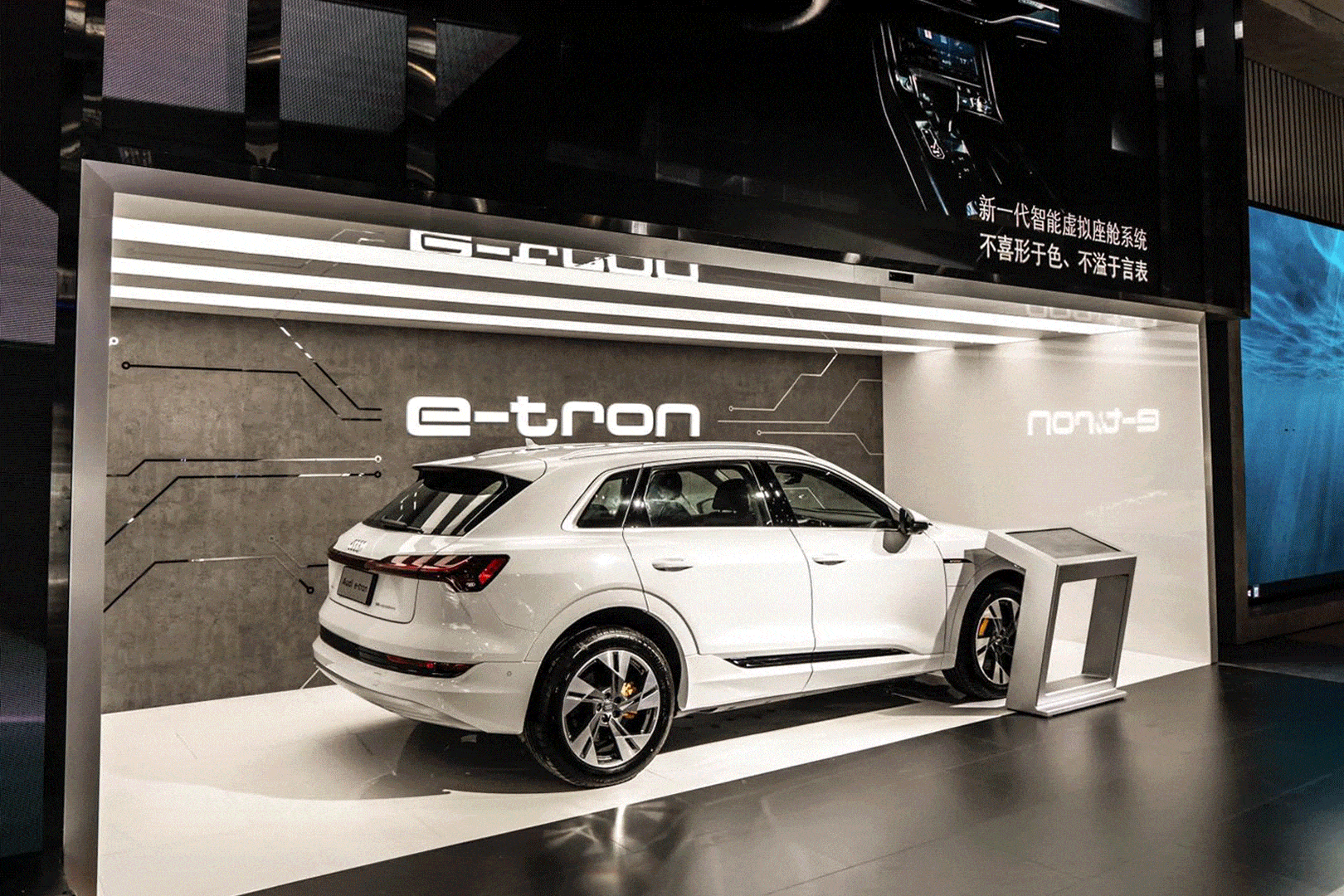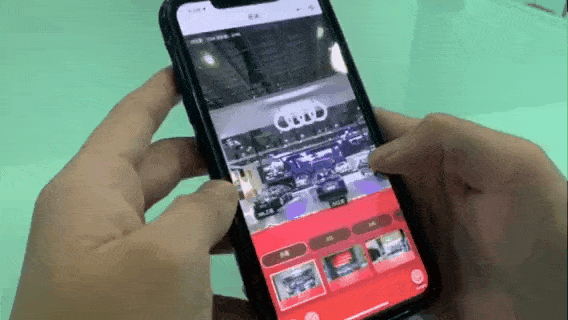To reinforce its status as one of the country’s major luxury car brands and reveal the customer-centric substance behind the image, Audi took its latest models on a long tour of Chinese cities in the form of the Audi Auto Show 2020. As well as welcoming in-person visitors to a multi-themed 1,000 sq. m. exhibition space at each stop, the Show offered an online version enabling off-site enthusiasts to participate.
A long-time client of Pico, Audi appointed the team to activate Audi Auto Show 2020 on the strength of their capabilities in creative design, fostering interactivity, on-site operations and more. As developed, the exhibition space featured an array of distinct zones representing different lifestyles matched with suitable Audi models.
As a personal touch, visitors were provided with a special Pico-designed Show app. Approaching any of the vehicles on display caused relevant model information to be pushed onto the visitor’s mobile via a WeChat mini app. The Show app simultaneously collected various data about the user, and eliminated the need for crowds to gather in front of physical information boards. In a first for Audi, it also enabled off-site users to experience the exhibition via a VR virtual tour.
An especially engaging and personal feature of the show was a Pico-developed smart touchscreen with which visitors could configure the model of their choice with their selection of colours, wheels and other variables. An animated showreel produced by the team highlighted notable features of Audi vehicles. Visitors could also sit inside the cars on display and use a Pico-developed interactive AR function for tablets to get in-depth model information.
One of the most spectacular elements of the show was the ‘e-tron’ zone’s interactive game. In it, participants waved at an AR camera which projected their image onto a massive display screen, with their movements creating glowing flashes of electricity. While being entertaining, the activity also hinted at the concept behind Audi’s e-tron series of electric vehicles.
To enhance the functionality of the exhibition space, the team provided generous seating in its common areas and VIP zones. Various leisure areas invited visitors to rest their legs. Meanwhile, the team’s clever planning allowed for a maximum number of cars to be displayed ‘in character’ in corresponding zones without compromising effective crowd control.










